10 Auction Sales of Antique Mirrors That Surprised Collectors
Antique mirrors have long fascinated collectors for their craftsmanship, rarity, and elegance. In recent years, several remarkable mirrors have fetched surprising prices at major auctions worldwide. From ornate Rococo designs to minimalist Art Deco creations, these pieces tell stories of changing styles through time. Many of them have gained attention for their preserved details and historical value. Their unexpected auction results reveal how beauty and heritage continue to captivate today’s collectors.
This post may contain affiliate links, which helps keep this content free. Please read our disclosure for more info.
Venetian Rococo Giltwood Mirror
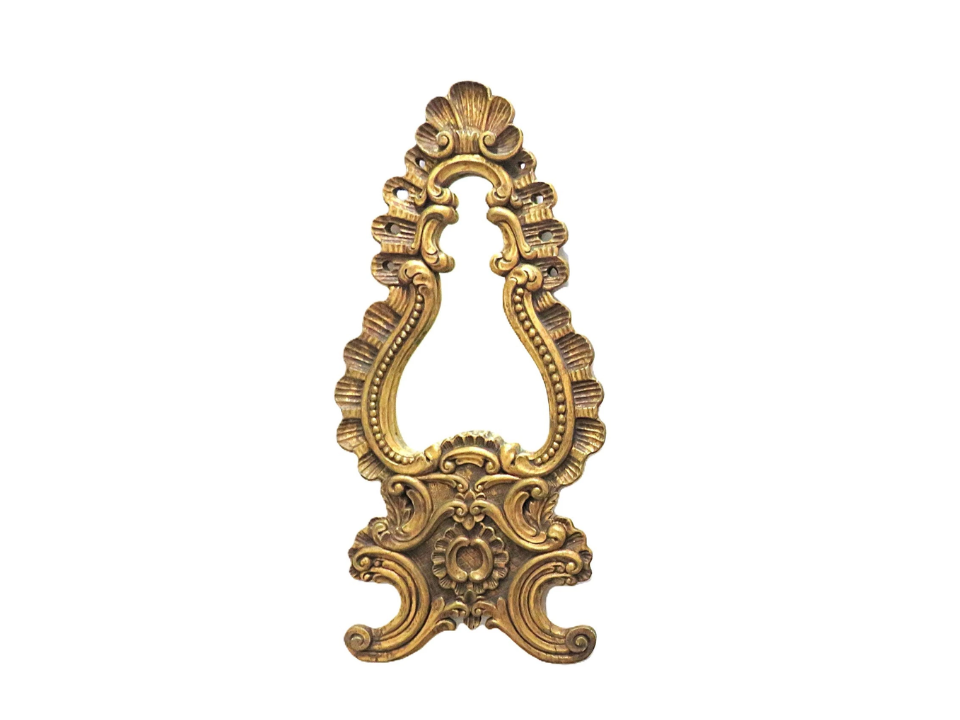
This ornate Venetian Rococo giltwood mirror astonished bidders when it sold for $24,000 at a London auction. Crafted in the late 18th century, it featured scrolling acanthus leaves, floral carvings, and a delicate crest design. Its condition remained excellent despite its age, with minor wear that only added to its character and authenticity. Collectors admired its craftsmanship and period charm, which reflected the grandeur of Venetian interiors.
The mirror’s appeal stemmed from its rarity and preserved gilding, which retained its original warm gold tone. The reflective glass, though aged, maintained remarkable clarity. Pieces from this era seldom appear in such complete form, making the sale one of the most discussed among antique enthusiasts. Its value has since appreciated further, proving its timeless desirability in the antique market.
French Louis XVI Trumeau Mirror
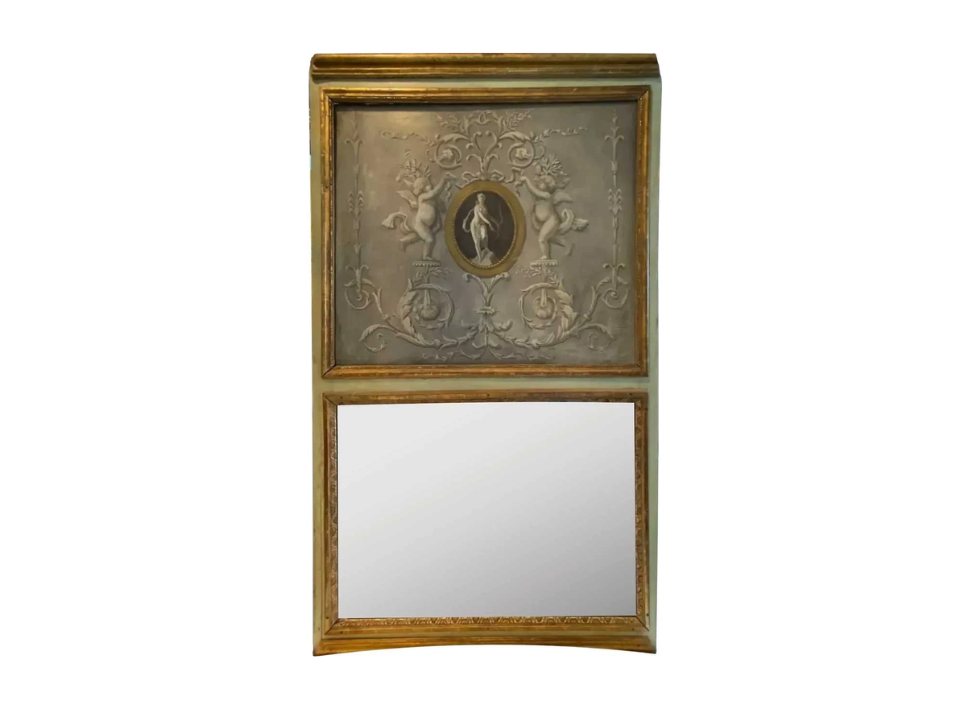
A French Louis XVI trumeau mirror fetched an impressive $18,500 at a New York auction. The mirror, dating back to the late 1700s, combined a painted pastoral scene with gilded neoclassical detailing. Its charm lay in the hand-carved ribbon motifs and fluted columns framing the glass. The pastel painting above the mirror added a soft, elegant touch characteristic of French aristocratic decor.
Collectors were particularly drawn to its balanced proportions and delicate craftsmanship. The mirror’s provenance, tracing back to a French estate, added to its authenticity. The mix of artistry and design represented a period when mirrors were both decorative and narrative pieces. Its auction success confirmed that well-preserved trumeau mirrors remain among the most desirable European antiques.
American Federal Eagle Mirror
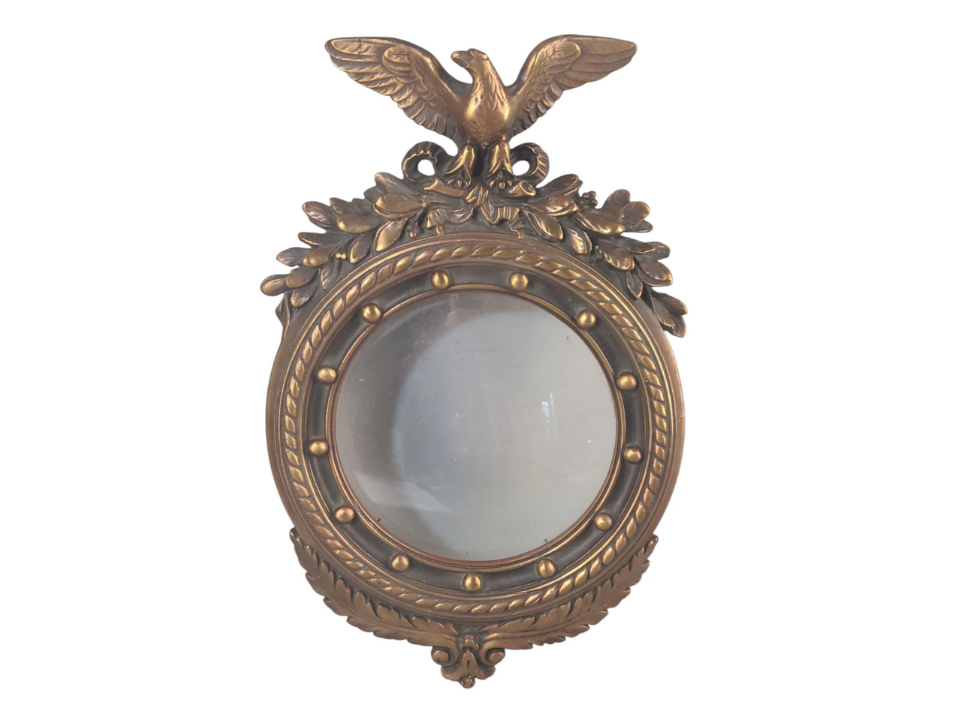
An American Federal eagle mirror shocked collectors when it brought $12,000 at auction, exceeding its estimated price threefold. Featuring an American eagle perched atop convex glass, it symbolized national pride from the early 19th century. The mirror’s giltwood frame included carved stars and laurel wreaths that reflected patriotic craftsmanship. Its convex surface created an intriguing visual effect popular in early American homes.
Experts noted that this example stood out due to its original gilding and untouched patina. Many Federal mirrors were refinished over time, but this one retained its authentic finish. Collectors viewed it as a rare survivor that linked art and early American identity. Its unexpected value highlighted renewed interest in patriotic design pieces from the post-colonial period.
Italian Baroque Carved Mirror
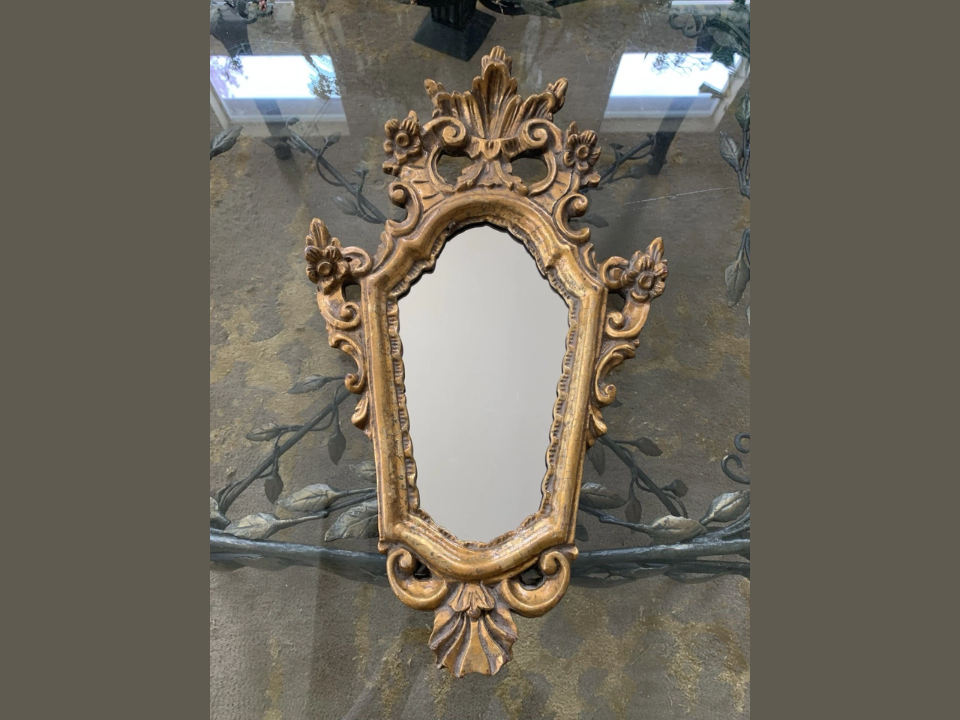
A stunning Italian Baroque carved mirror achieved $32,000 in a recent European auction. Its bold frame featured deep relief carvings of cherubs, vines, and scrollwork that demonstrated the grandeur of the 17th century. The dark walnut wood contrasted beautifully with gilded accents, giving it a dramatic appearance. The size alone made it a showpiece fit for grand halls or royal chambers.
Buyers appreciated the hand-carved details and the depth of craftsmanship evident in each motif. Despite minor repairs, the mirror maintained structural integrity and authentic materials. Its provenance from a noble Italian family added prestige to the sale. This mirror’s commanding presence and historical significance contributed to its strong performance among serious collectors.
Art Nouveau Mirror with Bronze Frame
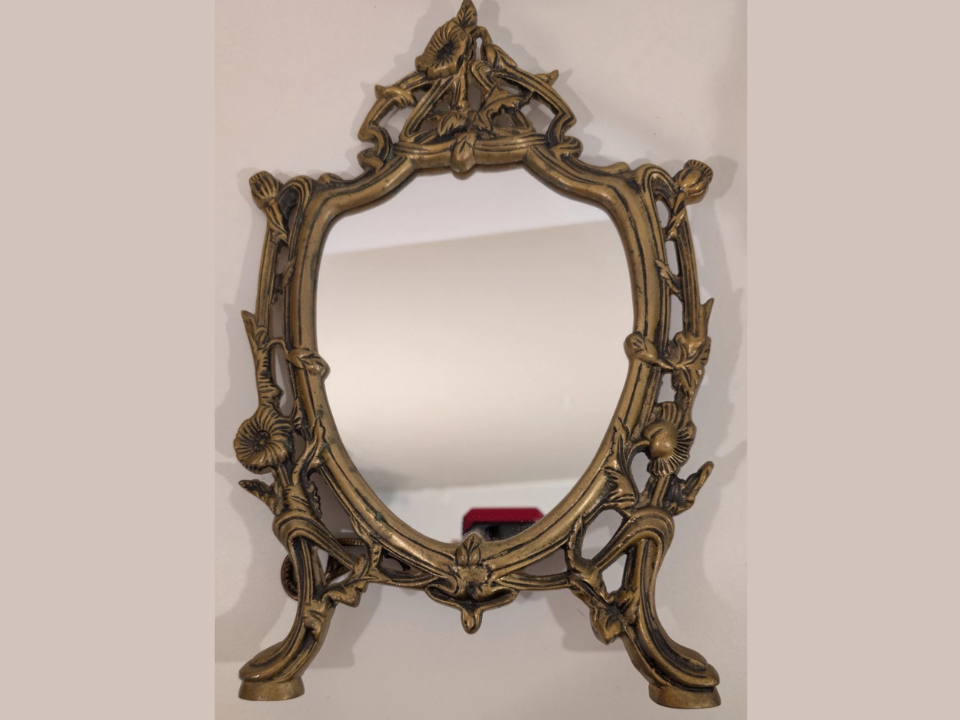
An Art Nouveau mirror with a bronze frame sold for $10,200. Created around 1905, this piece embodied the organic design principles of the Art Nouveau era. The bronze was delicately molded with soft curves and subtle patina, enhancing its romantic quality. The mirror itself retained faint signs of age, adding a nostalgic beauty to its appearance.
Collectors admired the way it combined art and function, blurring the boundary between sculpture and utility. The mirror’s design was attributed to a workshop in Paris known for its decorative bronzework. Its elegant lines and botanical motifs symbolized renewal and natural form. The strong auction result proved the enduring charm of early 20th-century decorative art.
Victorian Rococo Revival Pier Mirror
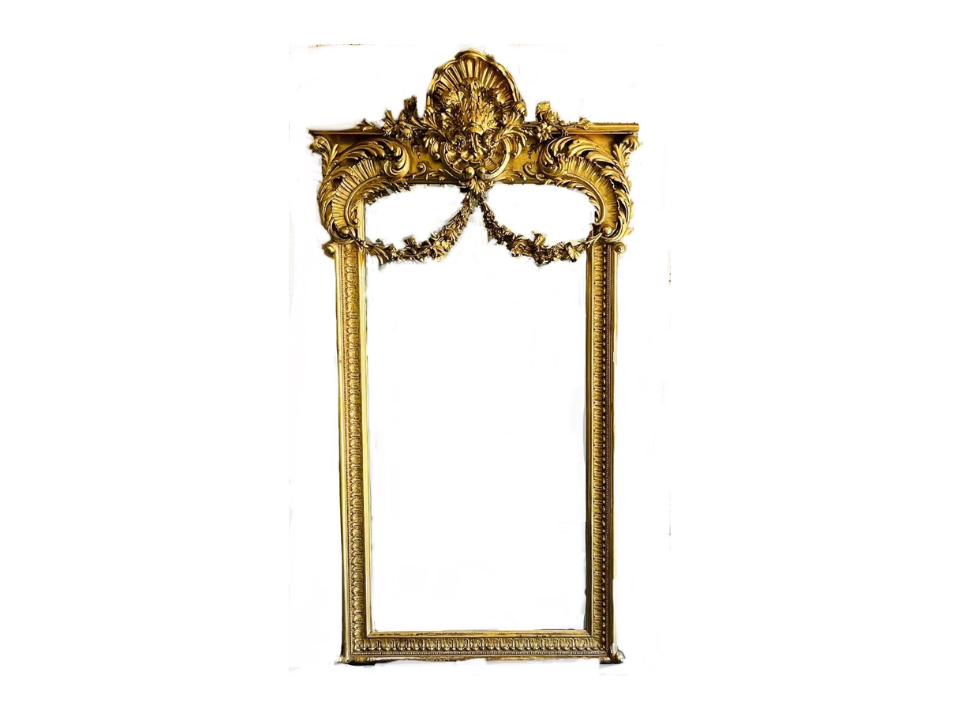
A Victorian Rococo Revival pier mirror brought $8,800 at an auction in Chicago. Standing over seven feet tall, it showcased exuberant scrolls, shell motifs, and floral carvings typical of mid-19th-century design. The giltwood frame was exceptionally preserved, with minimal wear to the gold leaf. Its towering form made it a dramatic focal point suitable for grand Victorian interiors.
Buyers admired the craftsmanship and proportion of the mirror, which reflected the opulence of the era. The piece’s scale and ornamentation made it appealing for historic home restorations. Collectors also valued its provenance, having been displayed in a well-documented estate. Its sale reflected continued admiration for ornate Victorian artistry in today’s antique market.
Empire Style Giltwood Mirror
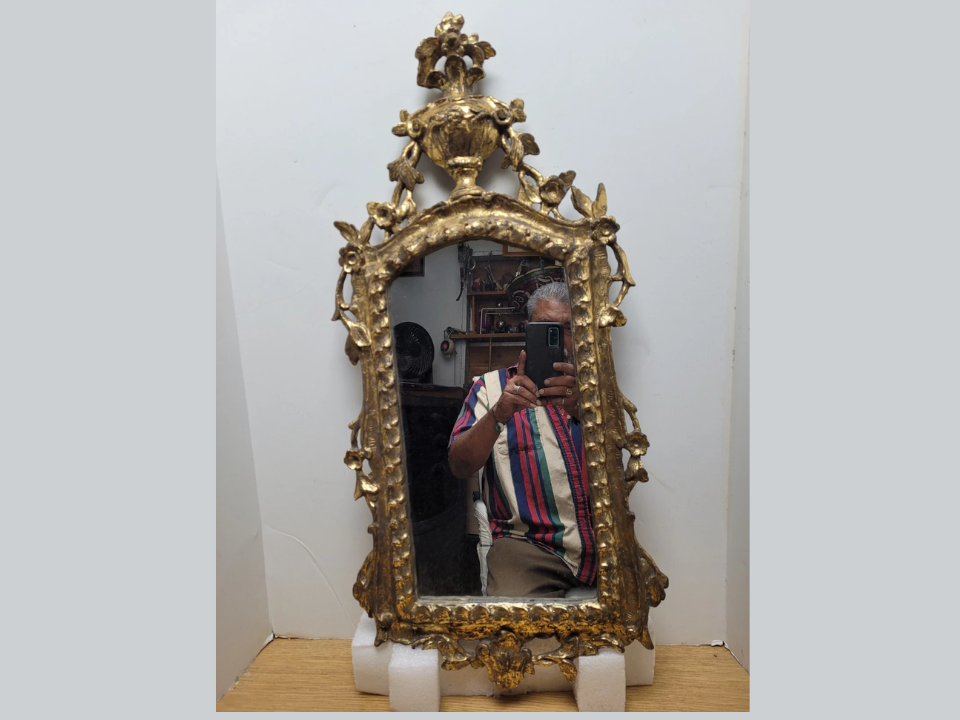
An Empire-style giltwood mirror sold for $11,800 at a Paris auction. The early 19th-century piece featured symmetrical columns, laurel motifs, and an eagle crest inspired by Napoleonic symbolism. Its design reflected the grandeur associated with power and order during the Empire period. The gilt surface maintained a warm, aged sheen that contributed to its allure.
Collectors praised its proportional harmony and historic resonance. The mirror’s clean lines and classical motifs appealed to both antique purists and interior designers. The inclusion of authentic mercury glass further enhanced its appeal. This sale confirmed ongoing admiration for the refined elegance of the Empire aesthetic.
Georgian Giltwood Overmantel Mirror
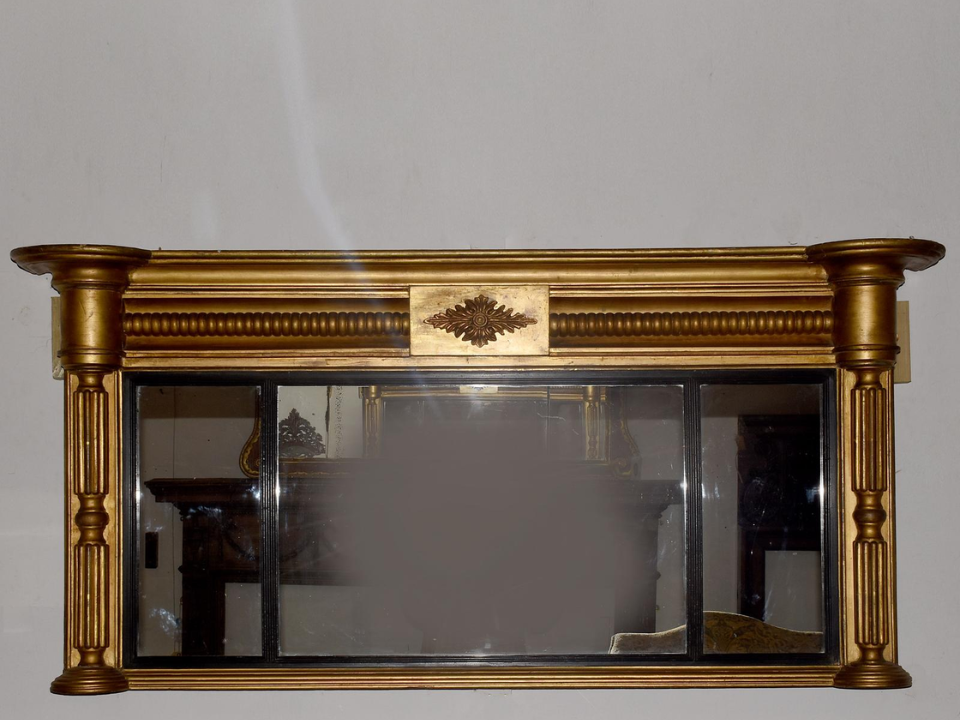
A Georgian giltwood overmantel mirror from the early 19th century sold for $13,200 at a recent Sotheby’s auction. Its design featured a triptych arrangement with beveled glass panels separated by slender columns. The crest was adorned with scrolling foliage and a central urn motif that reflected neoclassical influences. Its surface still showed traces of original gilding, giving it a warm and aged character.
Collectors appreciated how well-preserved the mirror remained, retaining both its elegance and historical charm. The piece exemplified the Georgian taste for symmetry and proportion. Because it had never been over-restored, it maintained strong value and authenticity. The final price demonstrated renewed collector interest in traditional English craftsmanship.
Chippendale Mahogany Mirror
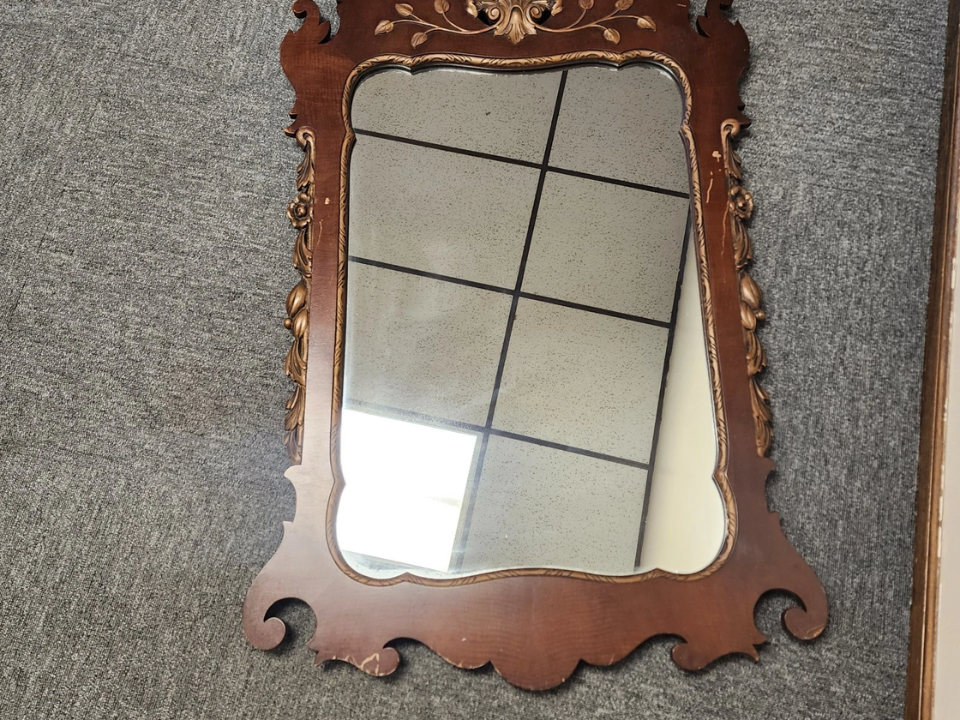
A rare Chippendale mahogany mirror took bidders by surprise when it fetched $9,400 at a Boston sale. Its hand-carved fretwork frame displayed fine rococo detailing, including delicate scrolls and acanthus leaves. The mahogany retained its deep patina, suggesting it had been well cared for over centuries. Scholars believe it originated around 1760, during the height of Thomas Chippendale’s influence.
Buyers valued the mirror’s exceptional woodwork and its connection to early American decorative history. Its simplicity and refinement reflected Chippendale’s approach to balancing ornamentation with craftsmanship. Few examples have survived in such fine condition, making this sale particularly noteworthy. The strong price reaffirmed the timeless appreciation for 18th-century British design.
Art Deco Mirror with Geometric Glass Panels
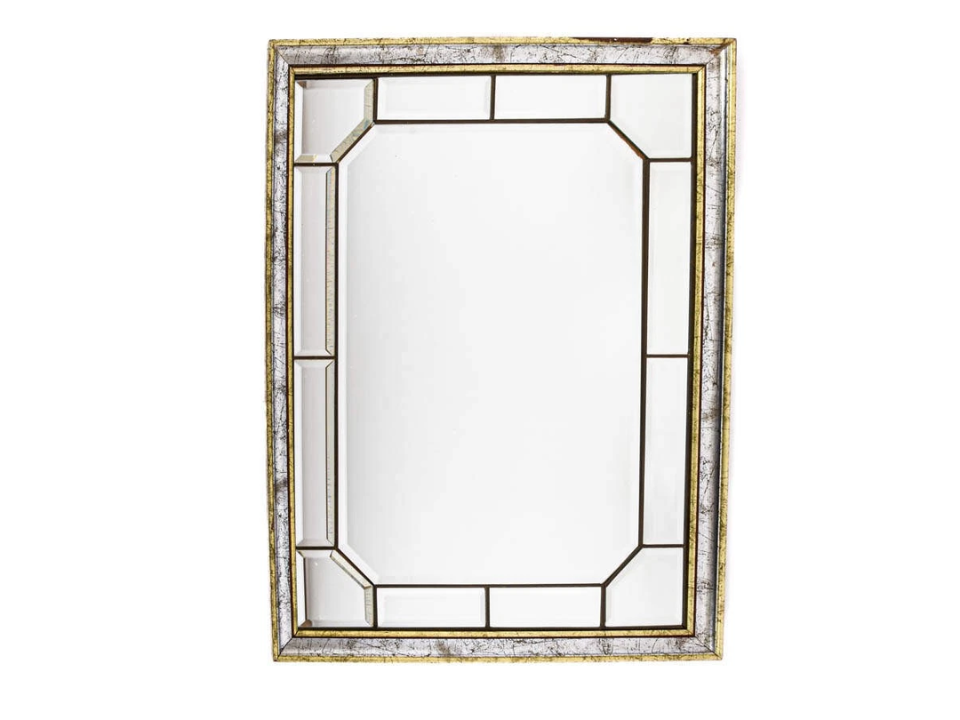
An Art Deco wall mirror composed of geometric beveled glass panels brought in $6,800 at a Los Angeles auction. The mirror’s sleek form and symmetry embodied the spirit of the 1930s. Each segment reflected light at different angles, creating a subtle prism effect. Its nickel-plated frame added a cool metallic accent that matched the modern interiors of its era.
Collectors admired its design versatility, which allowed it to complement both vintage and contemporary spaces. The mirror retained its original backing, a rare detail for glass of that age. Its blend of artistry and functionality attracted decorators seeking authentic period pieces. The final bid confirmed the growing popularity of Art Deco furnishings among younger collectors.
This article originally appeared on Avocadu.
